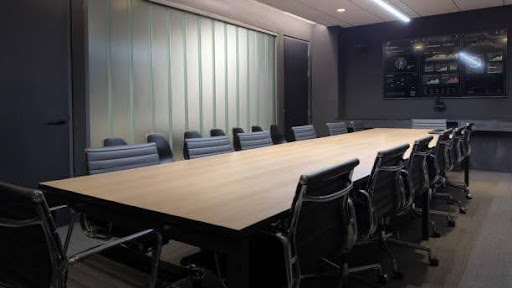In the grand tapestry of the modern workplace, office furniture serves as more than just functional pieces to sit on or work at. It reflects the evolving dynamics of work culture, productivity, and employee well-being. From the dreary cubicles of yesteryears to the vibrant collaborative spaces of today, office furniture has undergone a significant transformation, mirroring the changing ethos of work environments.
Office Furniture
The genesis of office furniture as we know it today can be traced back to the mid-20th century, characterized by the rise of the cubicle jungle. Conceived by designer Robert Propst in the 1960s and popularized by Herman Miller’s Action Office system, cubicles promised privacy and productivity in an era dominated by paperwork office furniture. However, what began as a novel approach to office design soon devolved into soul-crushing cubicle farms, where workers felt isolated and stifled.
The cubicle’s reign persisted through the latter half of the 20th century, fueled by the desire for cost-effective office layouts and the belief that physical separation equated to increased productivity. Yet, as the digital revolution took hold and collaborative work became the norm, the limitations of the cubicle became glaringly apparent.
The Era of Ergonomics
The late 20th and early 21st centuries witnessed a paradigm shift in office furniture design, driven by a growing awareness of ergonomic principles and employee well-being. Companies began investing in ergonomic chairs, adjustable desks, and accessories designed to support optimal posture and reduce the risk of musculoskeletal disorders.
Ergonomics became synonymous with employee productivity and satisfaction, leading to a proliferation of ergonomic furniture solutions in workplaces worldwide. Standing desks, in particular, gained popularity, touted for their ability to combat the sedentary lifestyle associated with prolonged sitting.
Filing Cabinet
As technology reshaped the way we work, traditional hierarchies crumbled, giving rise to a more egalitarian and collaborative work culture filing cabinet. Office furniture responded in kind, ushering in the era of collaborative spaces designed to foster creativity, innovation, and teamwork.
Open-plan offices became the new norm, characterized by spacious layouts, flexible furniture arrangements, and communal areas designed for impromptu meetings and brainstorming sessions. Gone were the days of siloed departments and closed doors; instead, companies embraced the idea of serendipitous encounters and cross-functional collaboration.
Balancing Form and Function
In the quest for more collaborative and dynamic work environments, office furniture designers faced the challenge of balancing form and function. Furniture needed to be not only practical and ergonomic but also aesthetically pleasing and reflective of the company’s brand and culture.
Office Furniture Philippines
The trend towards remote work, challenging traditional notions of office space and furniture requirements. With employees working from home indefinitely, companies were forced to rethink their approach to office design and furniture procurement.
As remote work became the new normal, there was a renewed focus on creating office spaces that prioritized collaboration, creativity, and employee well-being office furniture philippines. Hybrid work models emerged, blending remote work with occasional office attendance, prompting companies to invest in furniture solutions that catered to both in-person and virtual collaboration.
Looking Towards the Future
As we navigate the complexities of the post-pandemic world, the future of office furniture remains uncertain yet full of possibilities. The rise of remote work and flexible work arrangements will continue to influence office design, driving innovation in furniture solutions that support mobility, connectivity, and well-being.
From smart furniture equipped with IoT sensors to virtual collaboration tools integrated into physical workspaces, the next frontier of office furniture promises to be as transformative as it is exciting. As companies adapt to the evolving needs of the workforce, one thing is certain: the days of the soulless cubicle are long gone, replaced by a new era of collaborative, dynamic, and human-centric work environments.

